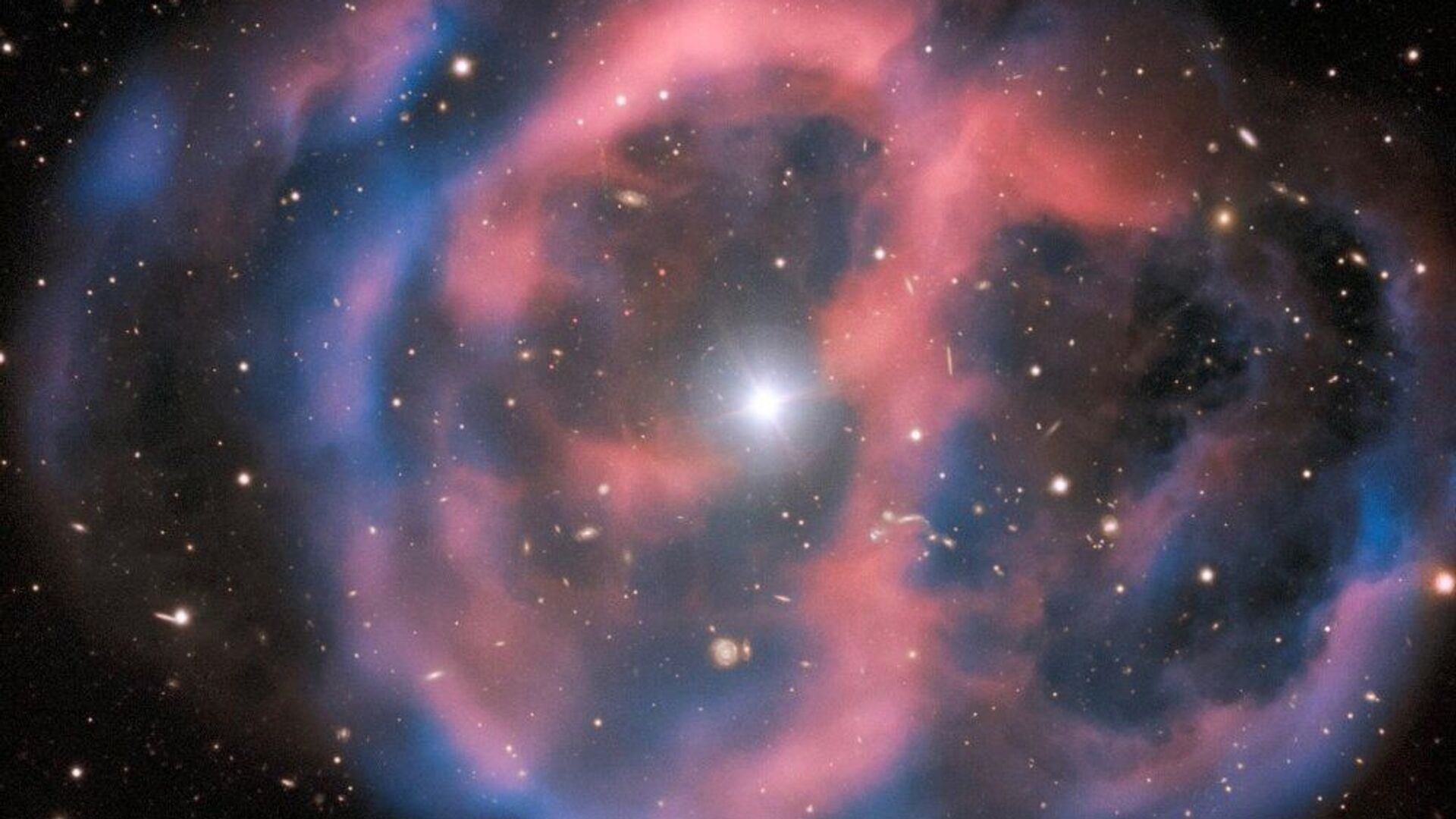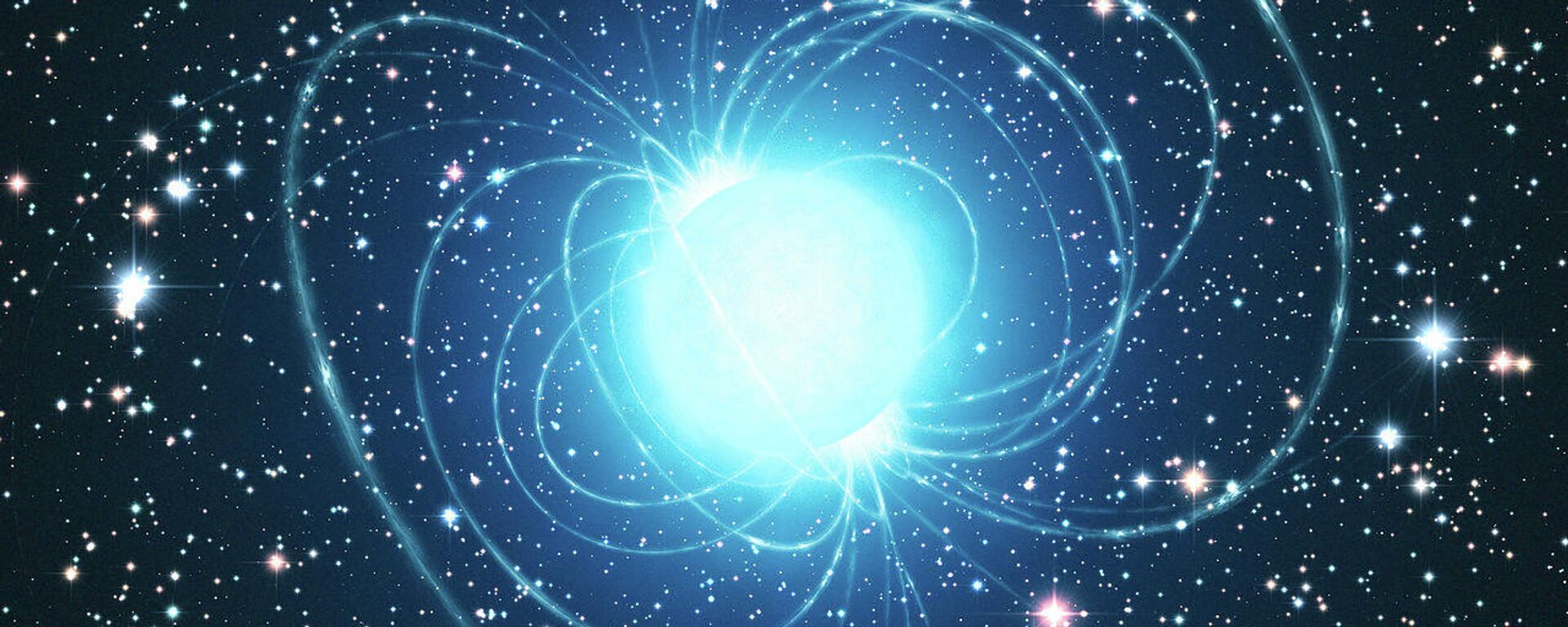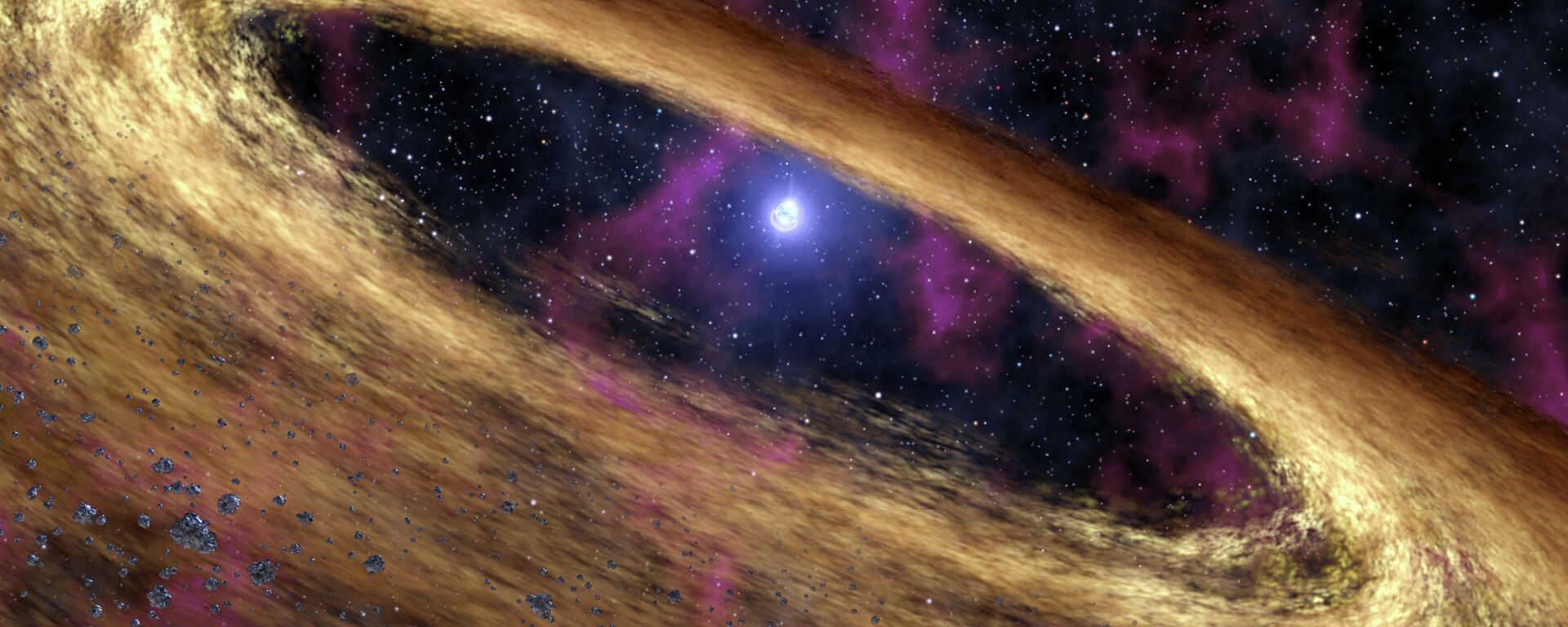Earth-Like Planets Doomed to Spin in 'Cosmic Graveyards' Are Extremely Exotic & Rare, Study Shows
13:42 GMT 15.07.2022 (Updated: 17:02 GMT 12.04.2023)

© European Southern Observatory (ESO)
Subscribe
Back in 1992, the first exoplanets beyond our solar system were discovered orbiting a pulsar called PSR B1257+12. Since then, only a handful of pulsars - neutron stars that form when a star more massive than the sun collapses in a ‘stellar death’ - have been found to host planets.
Earth-size planets orbiting violent dead stars may be even rarer and more exotic than previously believed, findings from new research have revealed.
A team of astronomers at the University of Manchester has performed the largest search for exoplanets orbiting pulsars - a type of neutron star born during powerful explosions at the end of a star’s life - since they were discovered 30 years ago.
As they searched for planetary companions of 800 pulsars monitored at the Jodrell Bank Observatory over the past 50 years, the team focused on planets with masses up to 100 times that of the Earth, and orbital time periods between 20 days and 17 years.
It was #OTD in 1913, that British physicist and radio astronomer Sir Bernard Lovell was born. Lovell worked at the University of Manchester until ww2, when he went on to establish the Jodrell Bank Observatory. The Lovell Telescope at Jodrell is now the 3rd largest in the world! pic.twitter.com/igDjoW2i90
— Chetham's Library (@chethamslibrary) August 31, 2021
Ten potential detections of such worlds were made, with the system most likely to host such exoplanets identified as PSR J2007+3120. This is a pulsar located 17,000 light years from Earth. The study suggests it could host two planets with masses a few times that of Earth.
Overall, only 0.5 percent of pulsars host planets with masses similar to Earth's, the research published in the Monthly Notices of the Royal Astronomical Society showed.
‘Stellar Graveyard’
Astronomers Alex Wolszczan and Dale Frail first discovered the exoplanet PSR B1257+12B with its Earth-like mass and orbiting an exotic type of dead star called a pulsar in 1992. Subsequent research revealed the planet was accompanied by at least two other worlds.
Pulsars, the densest stars in the universe, have incredibly strong magnetic fields, emitting beams of bright radio emission.
“[Pulsars] produce signals which sweep the Earth every time they rotate, similarly to a cosmic lighthouse. These signals can then be picked up by radio telescopes and turned into a lot of amazing science,” said Iuliana Nițu, a PhD student at the University of Manchester, who led the study.
That first discovery triggered a search for more such Earth-like companions of these dead stars. Furthermore, scientists have been intrigued by the mystery of how planets can survive around a pulsar that at its heart spins every 6.22 milliseconds, blasting them with an intense beam of deadly radiation detected from Earth.
The new study, entitled “A search for planetary companions around 800 pulsars from the Jodrell Bank pulsar timing programme”, has pointed to the fact that Earth-size planets may be even less likely to survive the violent conditions in these so-called stellar “graveyards" than previously believed.
The settings linked to pulsars render ‘normal’ planet formation unlikely, the researchers point out. Accordingly, many of the detected exoplanets are highly exotic objects unlike those we know in our Solar System.
The astronomers also discovered something that planets around pulsars share: highly elliptical orbits, unlike the near-circular orbits of planets in the solar system.
Though they are far from offering any explanation for this, the team suggests this indicates that very different processes are involved in the formation of planets around pulsars as compared with those within the solar system.
"Pulsars are incredibly interesting and exotic objects. Exactly 30 years ago, the first extrasolar planets were discovered around a pulsar, but we have yet to understand how these planets can form and survive in such extreme conditions. Finding out how common these are, and what they look like is a crucial step towards this," Nițu said in a statement.


